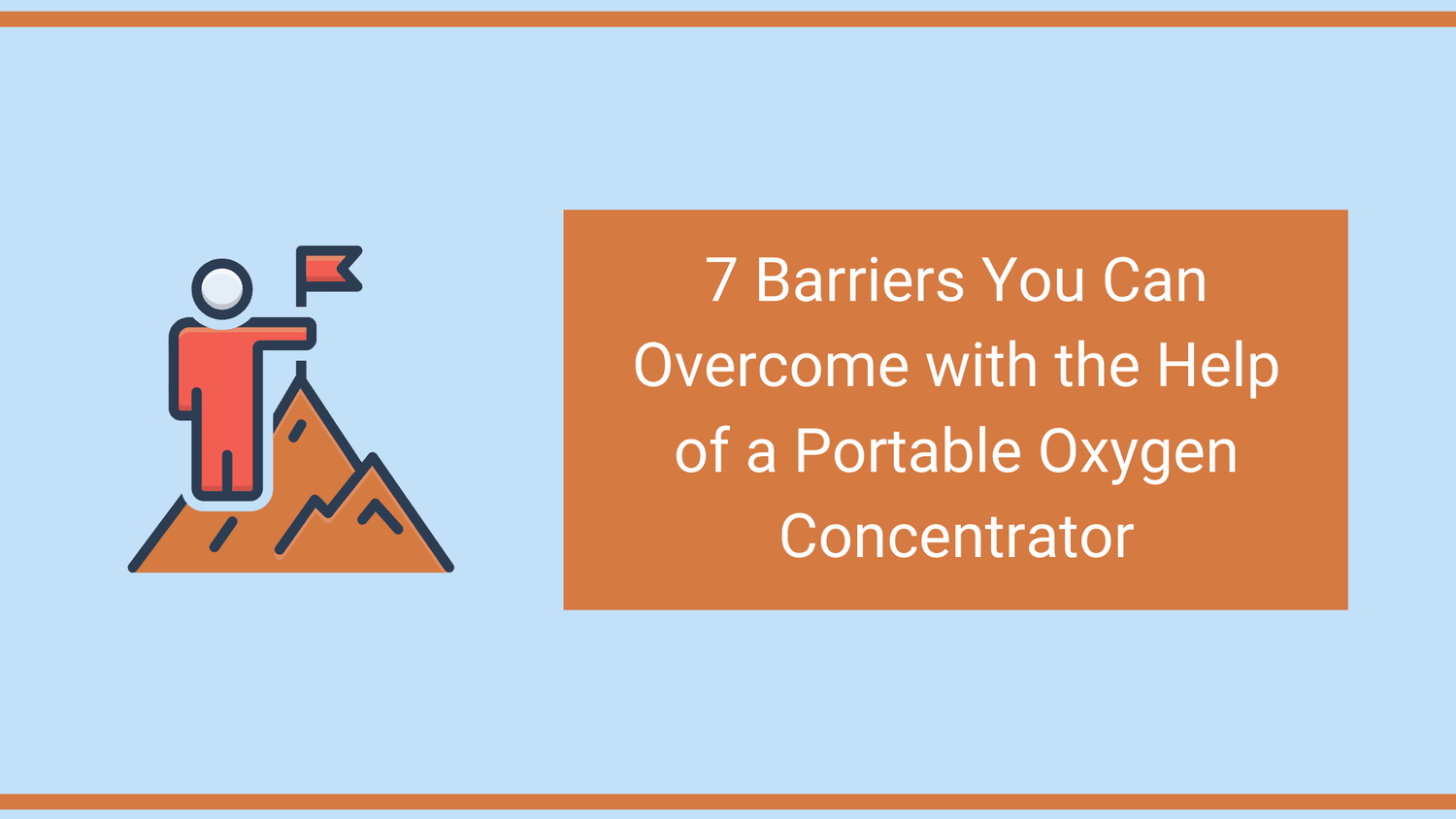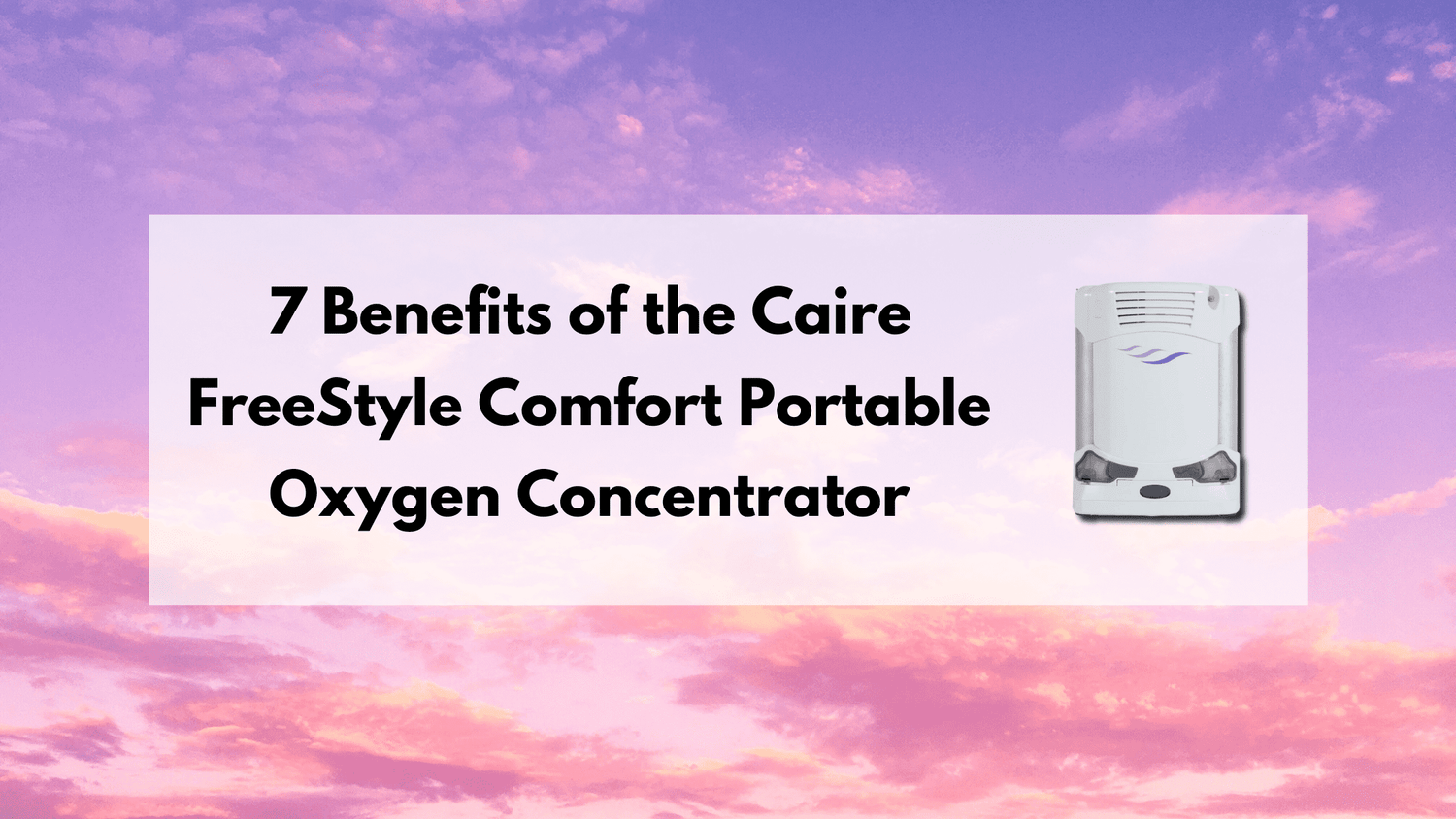Respiratory Resource Center - LPT Medical
7 Barriers You Can Overcome with the Help of a Portable Oxygen Concentrator
Life is full of obstacles that we need to...
Read MoreThe Inogen One G5: Pulse Flow Oxygen Concentrator Designed for 24/7 Use
Some people need a pulse flow portable oxygen...
Read More7 Benefits of the Caire FreeStyle Comfort Portable Oxygen Concentrator
Chronic obstructive pulmonary disease (COPD) is an umbrella term...
Read More


